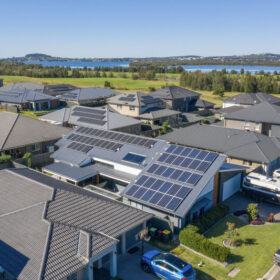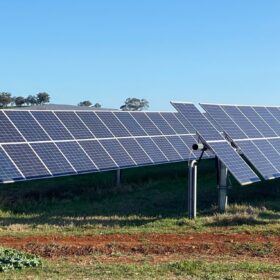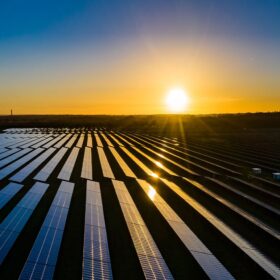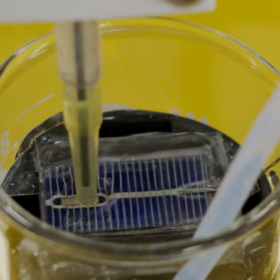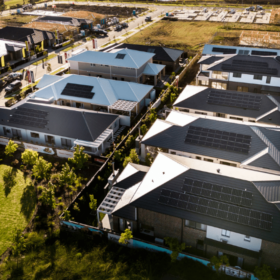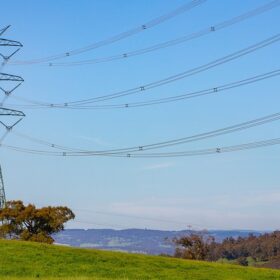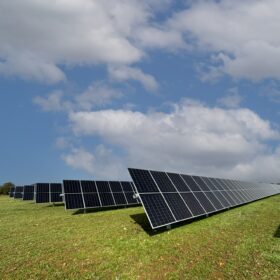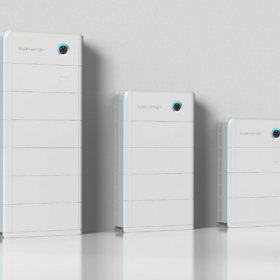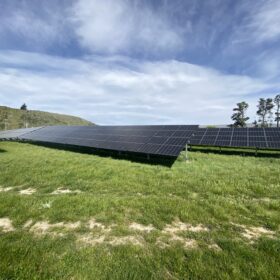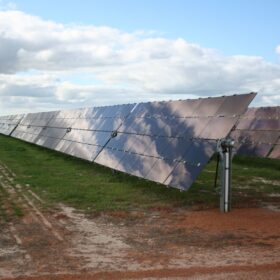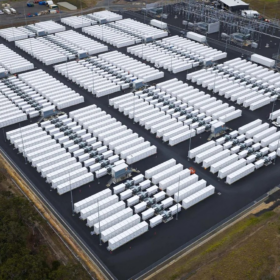Peer-to-peer energy sharing generates mates rates and grid stability
South Australian and Victorian researchers have found households could sell their surplus solar power to neighbours using peer-to-peer energy sharing, helping stabilise the grid and improve on retail market feed-in tariffs.
Victoria grants 85 MW solar farm and 70 MW BESS fast-track approval
The Victorian government has fast-tracked approval for two renewable energy projects in East Gippsland, which have the potential to host a sheep grazing operation and power 36,000 households.
Clean energy investment boom buoys decade-long grid reliability forecast
The Australian Energy Market Operator’s 2025 electricity statement of opportunities 10-year report finds investments needed to maintain reliability in the national electricity market are well on track.
$1 billion Chinese investment in Nauru includes renewable energy projects
The Pacific Island nation of Nauru has signed a $1 billion investment project proposal with a Chinese revitalisation and development corporation, which includes developing renewable energy and green transport sectors.
Breakthrough extraction technology a silver bullet for solar panel recycling
A breakthrough technology to “mine” silver from decommissioned solar panels has been mastered by Macquarie University researchers, and in partnership with Lithium Universe, will see the resource repurposed in electronics and solar panel industries.
Gentari and PCL Construction turn first sod on renewable energy zone project
Malaysia-headquartered clean energy solutions provider Gentari has broken ground on the Maryvale Solar and Energy Storage (MSES) project in the heart of the Central-West Orana Renewable Energy Zone.
New pilot facility to drive membrane technology from lab to market
A new membrane pilot facility at Monash University, Victoria is anticipated to lay foundations for breakthroughs in sustainable energy and help propel membrane science and technology research into real-world industrial solutions.
Unlocking CER: addressing data sharing barriers with retailer participation
The role of consumer energy resources is central to Australia’s energy transition, but without quality data and effective data sharing frameworks, the full value of CER cannot be realised for system operators, for markets, or for consumers.
Game changer HumeLink invites clean energy developers to get connected
The nation-critical transmission project HumeLink is open for connection to solar and wind generators and energy storage facilities to help accelerate Australia’s clean energy transition.
Very remote First Nations community to pilot state-of-the-art hybrid microgrid
The First Nations community of Blackstone in very remote Western Australia, has been chosen to pilot a state-of-the-art hybrid microgrid to test the feasibility of delivering reliable, renewable energy systems to remote areas.

